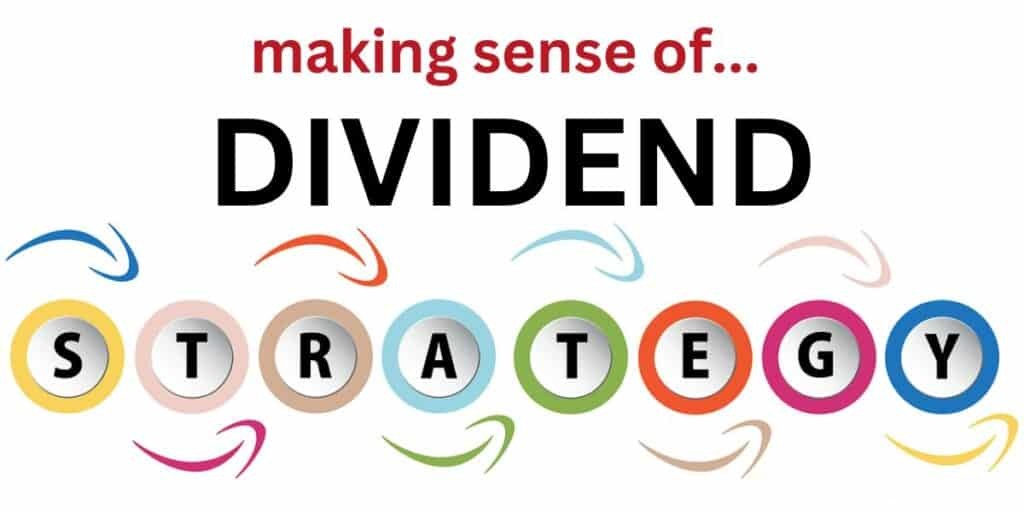Dividend investing is a popular strategy among investors seeking regular income and long-term wealth accumulation. This strategy involves investing in stocks or other assets that pay dividends, which are typically cash payments made by a company to its shareholders as a portion of its earnings.
Guide to dividend investing –
1. Understand Dividends:
Dividends are typically paid out on a per-share basis, so the more shares you own, the more income you receive.
Dividend yield is an important metric to consider. It’s calculated by dividing the annual dividend payment by the stock’s current price. Higher yields generally indicate better income potential.
2. Choose Dividend-Paying Investments:
Dividend Stocks: Invest in individual stocks of companies with a history of paying consistent and growing dividends. Look for companies with strong financials and a sustainable dividend payout ratio.
Dividend ETFs and Mutual Funds: Diversify your dividend investments by purchasing exchange-traded funds (ETFs) or mutual funds that focus on dividend-paying stocks. They provide exposure to a basket of dividend stocks.
3. Research and Due Diligence:
Analyze the financial health and stability of the companies you’re considering. Look at factors like revenue growth, earnings stability, and debt levels.
Investigate the company’s dividend history to ensure they have a track record of consistent or increasing payments.
4. Dividend Reinvestment:
Consider enrolling in a Dividend Reinvestment Plan (DRIP) offered by some companies. DRIPs automatically reinvest your dividends back into the stock, allowing you to accumulate more shares over time.
5. Diversify Your Portfolio:
Avoid putting all your money into a single dividend stock or sector. Diversify across different industries and asset classes to reduce risk.
6. Monitor and Adjust:
Keep a close eye on your dividend investments. Companies can reduce or eliminate dividends during tough economic times, so it’s essential to stay informed about the companies you’ve invested in.
Periodically review your portfolio and consider rebalancing or making adjustments based on changing market conditions or your financial goals.
7. Tax Considerations:
Dividends are typically taxed at a lower rate than interest income. Depending on your tax situation, this can be an advantage when it comes to generating income.
8. Long-Term Perspective:
Dividend investing is often best suited for long-term investors. Reinvesting dividends and allowing your investments to compound can lead to significant wealth accumulation over time.
9. Risk Management:
Keep in mind that dividend-paying stocks are not risk-free. Share prices can still fluctuate, and companies can face financial challenges that impact their ability to pay dividends.
10. Seek Professional Advice:
If you’re uncertain about your investment choices or need personalized guidance, consider consulting a financial advisor who specializes in dividend investing.
Remember that dividend investing is just one strategy, and its effectiveness depends on your financial goals, risk tolerance, and time horizon. It’s important to align your investment strategy with your individual circumstances and continually educate yourself about the companies and assets in which you’re investing.





